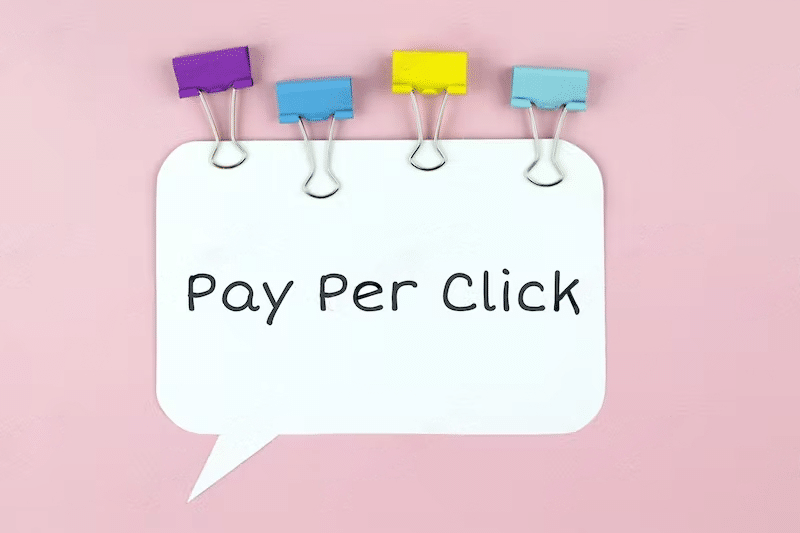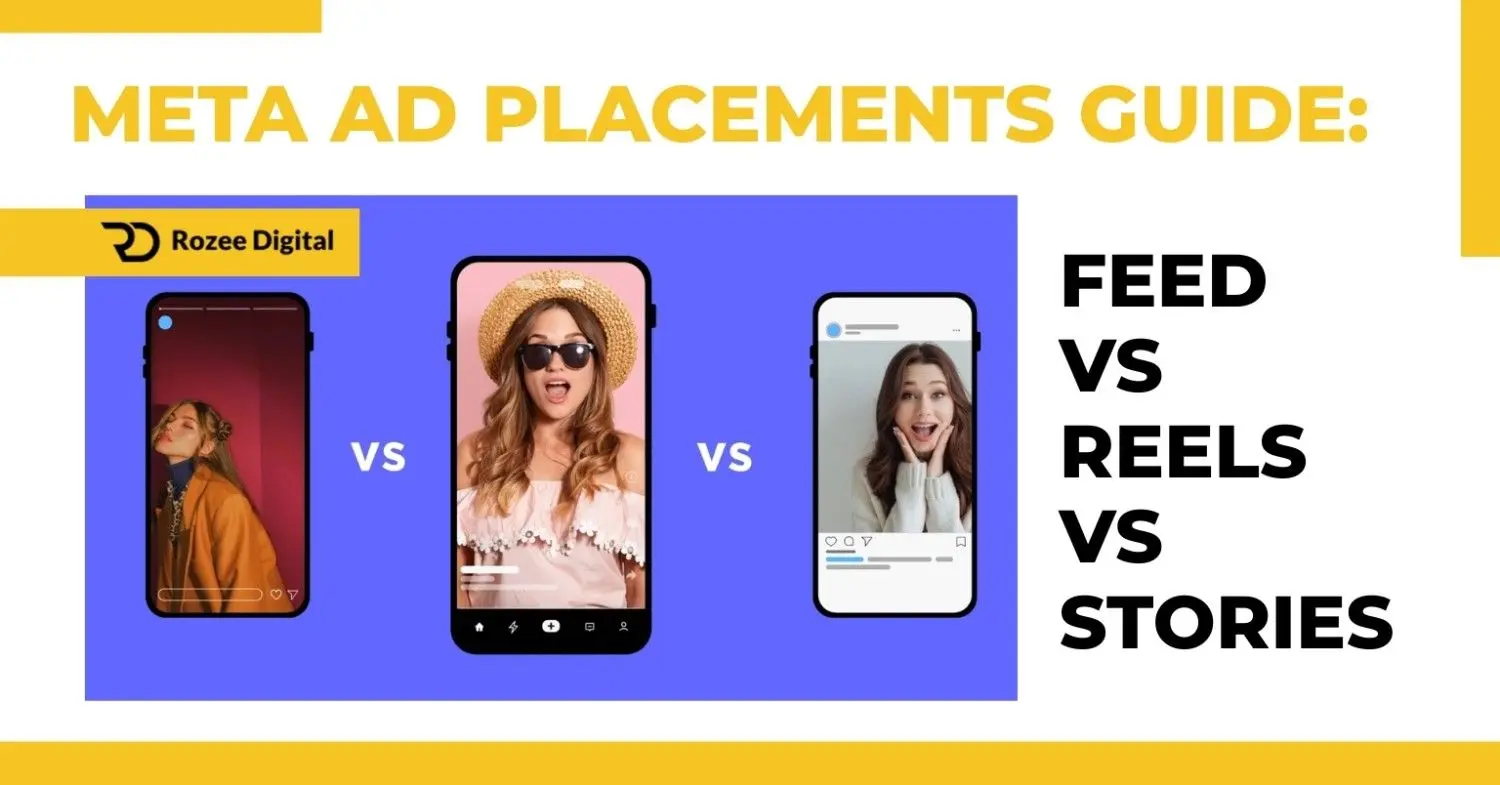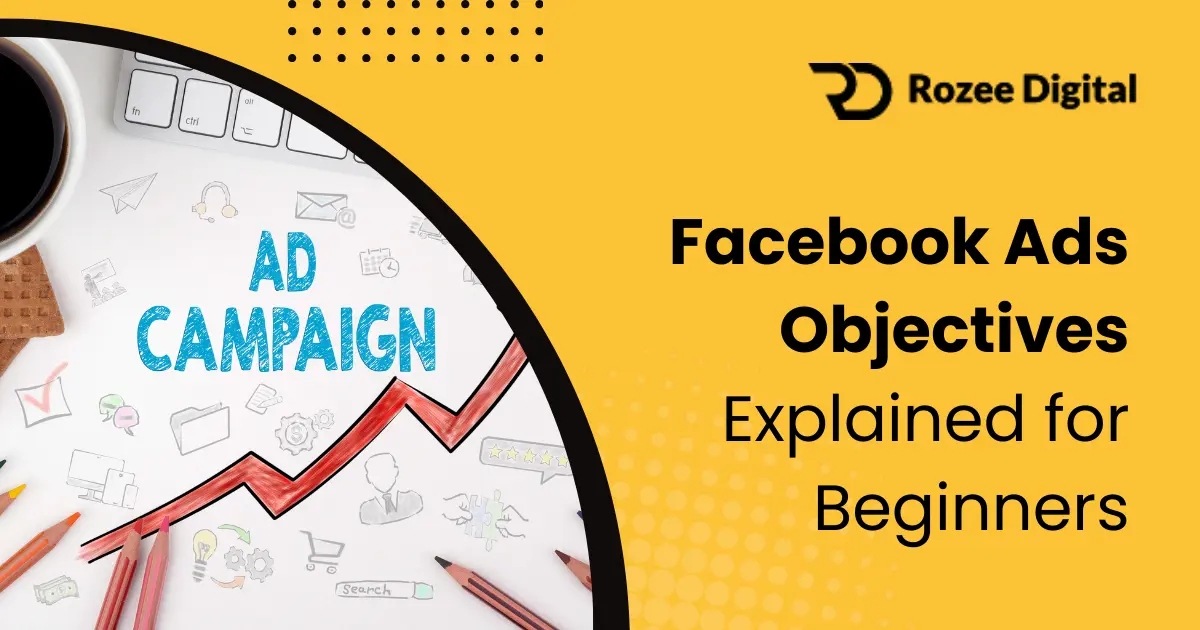
Understanding Pay Per Click Advertising
In the world of digital marketing, pay per click advertising has become an essential strategy for businesses looking to increase their online visibility and drive targeted traffic to their websites. This section will provide an overview of what pay per click advertising is and how it works.
What is Pay Per Click Advertising?
Pay per click (PPC) advertising is a digital marketing model in which advertisers pay a fee each time their ad is clicked by a user. It is an efficient way to reach potential customers and generate website traffic. PPC ads are commonly displayed on search engine results pages, social media platforms, and other websites that participate in ad networks.
The most popular PPC platforms include Google Ads, Facebook Ads, YouTube Ads, Bing Ads, Instagram Ads, Twitter Ads, and LinkedIn Ads. These platforms offer a variety of ad formats and targeting options to suit different business goals and audience demographics.
How Pay Per Click Advertising Works
PPC advertising operates on an auction-based system. Advertisers bid on specific keywords or audience demographics to have their ads displayed to relevant users. When a user enters a search query or visits a website that matches the advertiser’s targeting criteria, the ad is shown.
The position of an ad on a search engine results page or website is determined by factors such as the ad’s bid amount, ad quality, and ad relevance. Advertisers only pay when their ad is clicked, hence the name “pay per click.”
The success of a PPC campaign relies on various factors, including keyword research and selection, compelling ad copy, and landing page optimization. It’s essential to conduct thorough research and continuously monitor and optimize the campaign to achieve the best results.
To learn more about the intricacies of pay per click advertising, check out our in-depth articles on search engine marketing and online advertising.
By leveraging the power of pay per click advertising, businesses can effectively promote their products or services, target specific audiences, and achieve measurable results. With the right strategy and implementation, PPC advertising can be a valuable tool in maximizing online reach and driving conversions.
Benefits of Pay Per Click Advertising
Pay Per Click (PPC) advertising offers several benefits for businesses looking to enhance their online presence and drive targeted traffic to their websites. Let’s explore three key advantages of pay per click advertising: increased online visibility, targeted advertising, and cost-effective marketing.
Increased Online Visibility
With PPC advertising, businesses can significantly increase their online visibility. By bidding on relevant keywords and displaying ads on search engines and other platforms, companies can appear prominently in search results and ad spaces. This increased visibility allows businesses to reach a wider audience and improve brand recognition.
PPC advertising platforms like Google AdWords, Facebook Ads, and Bing Ads offer extensive reach across multiple channels, including search engines, social media platforms, and websites. This expansive network enables businesses to connect with potential customers at various touchpoints in their online journey. To learn more about different PPC advertising platforms, check out our comprehensive guide on digital advertising.
Targeted Advertising
One of the major advantages of PPC advertising is the ability to target specific audiences. Businesses can tailor their ads to reach customers based on factors such as demographics, interests, and search intent. This level of targeting ensures that your ads are presented to individuals who are more likely to be interested in your products or services.
PPC platforms provide various targeting options, including audience targeting, demographic targeting, and keyword targeting. These options allow businesses to refine their audience selection and reach the most relevant potential customers. For more information on audience targeting and its benefits, visit our article on audience targeting.
Cost-Effective Marketing
PPC advertising offers cost-effective marketing solutions for businesses of all sizes. Unlike traditional advertising models, where businesses pay upfront for ad space without any guaranteed results, PPC advertising operates on a pay-per-click model. This means you only pay when someone clicks on your ad, ensuring that you are paying for actual engagement with your brand.
Moreover, PPC platforms provide tools and features that help businesses optimize their campaigns and maximize their return on investment (ROI). By tracking and analyzing the performance of your ads and making data-driven adjustments, you can continuously improve the effectiveness of your PPC campaigns. For more information on tracking and analyzing the performance of your PPC ads, check out our article on ad tracking.
By leveraging the benefits of increased online visibility, targeted advertising, and cost-effective marketing, businesses can make the most of their PPC advertising campaigns. However, it’s important to avoid common mistakes and optimize your campaigns for success. In the next section, we will explore the steps involved in managing PPC campaigns and provide insights on how to avoid pitfalls that may hinder your advertising efforts.
Maximizing Your Online Reach with Pay Per Click Advertising
To make the most of your pay per click (PPC) advertising campaign, it’s crucial to focus on three key areas: keyword research and selection, compelling ad copy, and landing page optimization.
Keyword Research and Selection
Keyword research is the foundation of any successful PPC campaign. Identifying the right keywords allows you to target your ads to the most relevant audience. Start by brainstorming keywords that are relevant to your business, products, or services. Use tools like Google AdWords Keyword Planner or Bing Ads Keyword Research to expand your list and discover additional keywords that have high search volumes and low competition.
Once you have a list of potential keywords, consider factors such as search volume, competition, and relevance. Focus on keywords that are specific and relevant to your target audience. Long-tail keywords can often yield better results as they tend to have lower competition and higher conversion rates. Remember to continuously monitor and refine your keyword list based on performance data to optimize your campaign’s success.
Compelling Ad Copy
Crafting compelling ad copy is essential to capture the attention of potential customers. Your ad copy should be concise, engaging, and relevant to the keywords you are targeting. Highlight the unique selling points of your products or services and emphasize any promotions or special offers. Use language that resonates with your target audience and encourages them to take action.
Consider incorporating your target keywords into the ad copy to increase relevancy and improve your ad’s quality score. Quality score is a metric used by search engines to determine the relevance and effectiveness of your ads, which in turn affects your ad’s position and cost per click. A higher quality score can lead to better ad placements and lower costs. For more information on quality score, check out our article on quality score.
Landing Page Optimization
Once a user clicks on your ad, it’s important to provide them with a seamless and relevant experience on your website. This is where landing page optimization comes into play. Ensure that the landing page is directly related to the ad they clicked on and provides the information they are looking for. Optimize the landing page for fast loading speed, mobile responsiveness, and clear call-to-action (CTA) buttons.
Keep the design clean and visually appealing, with easy navigation and clear messaging. Use persuasive language to guide users towards the desired action, whether it’s making a purchase, filling out a form, or signing up for a newsletter. A well-optimized landing page can significantly improve your conversion rates and the overall success of your PPC campaign.
By focusing on these areas – keyword research and selection, compelling ad copy, and landing page optimization – you can maximize your online reach and drive better results with your PPC advertising campaign. Remember to continuously monitor and analyze the performance of your campaign, making necessary adjustments to optimize your return on investment.
Managing Pay Per Click Campaigns
To make the most of your pay per click (PPC) advertising efforts, effective management of your campaigns is essential. Managing pay per click campaigns involves various tasks that help ensure optimal performance and the achievement of your marketing goals. Here are three key aspects of managing PPC campaigns: setting and monitoring budgets, tracking and analyzing performance, and optimizing campaigns for success.
Setting and Monitoring Budgets
Establishing a well-defined budget is crucial when running PPC campaigns. Carefully consider your advertising goals and allocate a budget that aligns with your objectives and resources. Regularly monitor your campaign spending to ensure it remains within your allocated budget. This allows you to make adjustments as needed, ensuring you don’t overspend or exhaust your resources prematurely.
By setting and monitoring budgets, you can ensure that your PPC campaigns are financially sustainable and provide long-term value for your business. To learn more about budgeting and managing PPC campaigns on different advertising platforms, such as Google AdWords, Facebook Ads, or Bing Ads, check out our articles on Google AdWords, Facebook Ads, and Bing Ads.
Tracking and Analyzing Performance
Tracking and analyzing the performance of your PPC campaigns is essential for evaluating their effectiveness and identifying areas for improvement. By monitoring key metrics such as click-through rate (CTR), conversion rate, and return on ad spend (ROAS), you can gain valuable insights into the performance of your ads.
Utilize tracking tools and analytics platforms provided by the advertising networks to measure the impact of your campaigns. These tools can help you understand the behavior of your audience, identify trends, and evaluate the success of your ads. Analyzing performance data allows you to make data-driven decisions, optimize your campaigns, and maximize your ROI.
Optimizing Campaigns for Success
Continuous optimization is crucial to achieving success with PPC campaigns. Optimization involves making strategic adjustments to various elements of your campaigns to improve their performance. Here are some key areas to focus on when optimizing your PPC campaigns:
- Ad Copy: Craft compelling and relevant ad copy that grabs the attention of your target audience and entices them to click on your ads. Experiment with different messaging and calls-to-action to identify the most effective approaches.
- Keyword Selection: Conduct thorough keyword research to identify the most relevant and valuable keywords for your campaigns. Refine your keyword lists regularly to ensure they align with the intent of your target audience.
- Landing Page Optimization: Optimize your landing pages to provide a seamless and engaging user experience. Ensure that your landing pages are relevant to the ad copy and keywords, and include clear calls-to-action to encourage conversions.
- Ad Testing: Test different variations of your ads to identify the most effective combinations of headlines, ad copy, and visuals. A/B testing allows you to refine your messaging and optimize your campaigns over time.
By optimizing your campaigns, you can improve their performance, increase click-through rates, and drive more conversions. Regularly analyze your campaigns, test new strategies, and make data-driven adjustments to achieve the best possible results.
By effectively managing your PPC campaigns, you can maximize the potential of pay per click advertising and achieve your marketing goals. Remember to track your budgets, analyze performance metrics, and continually optimize your campaigns to ensure long-term success.
Common Pay Per Click Advertising Mistakes to Avoid

While pay per click (PPC) advertising can be a powerful tool for driving online traffic and generating leads, there are common mistakes that can hinder the success of your campaigns. By being aware of these pitfalls, you can avoid them and ensure your PPC efforts are effective and efficient. Here are three common mistakes to avoid:
Poorly Defined Goals and Targeting
One of the biggest mistakes in PPC advertising is not having clear goals and targeting in place. It’s essential to define your objectives before launching a campaign. Whether it’s increasing brand awareness, driving website traffic, or boosting conversions, having a clear goal guides your strategy and helps you measure success.
Additionally, targeting the right audience is crucial for maximizing the impact of your PPC campaigns. Each platform, such as Google AdWords, Facebook Ads, or Bing Ads, offers various targeting options, including demographic targeting, geographic targeting, and more. By understanding your target audience and aligning your campaigns with their interests and needs, you can increase the effectiveness of your ads.
Irrelevant Keywords and Ad Copy
Another common mistake is using irrelevant keywords and ad copy. It’s crucial to conduct thorough PPC keyword research to identify the keywords that are most relevant to your business and target audience. This ensures that your ads are shown to the right people who are actively searching for what you offer.
Furthermore, your ad copy should be compelling and aligned with the keywords and the intent of your target audience. Craft concise and persuasive ad copy that highlights the unique selling points of your products or services. By creating relevant and engaging ads, you can increase your click-through rate (CTR) and drive more qualified traffic to your website.
Neglecting Performance Monitoring and Optimization
Failing to monitor and optimize your PPC campaigns is a significant mistake that can lead to wasted budget and missed opportunities. It’s important to regularly track and analyze the performance of your ads and make data-driven decisions to improve their effectiveness.
Utilize tracking tools and analytics platforms to measure key metrics such as ad impressions, click-through rate, conversions, and ad conversions. This data provides valuable insights into the performance of your campaigns and helps you identify areas for improvement. By continuously optimizing your ads, adjusting bids, refining targeting, and testing different ad variations, you can enhance the overall performance and ROI of your PPC campaigns.
Avoiding these common mistakes is crucial for achieving success in your PPC advertising efforts. By setting clear goals, targeting the right audience, using relevant keywords and ad copy, and monitoring and optimizing your campaigns, you can maximize the effectiveness of your PPC advertising and drive significant results for your business.





